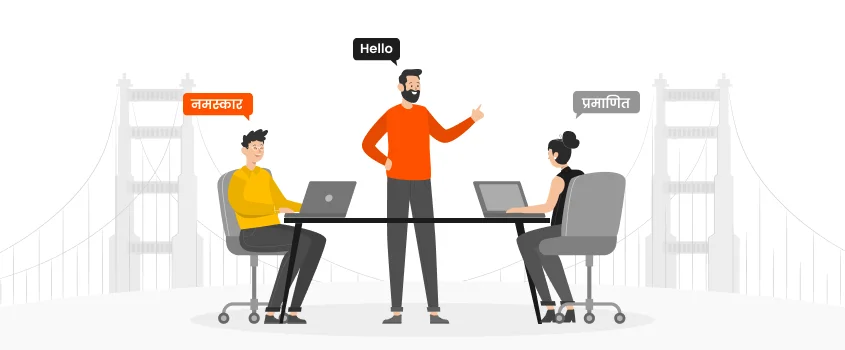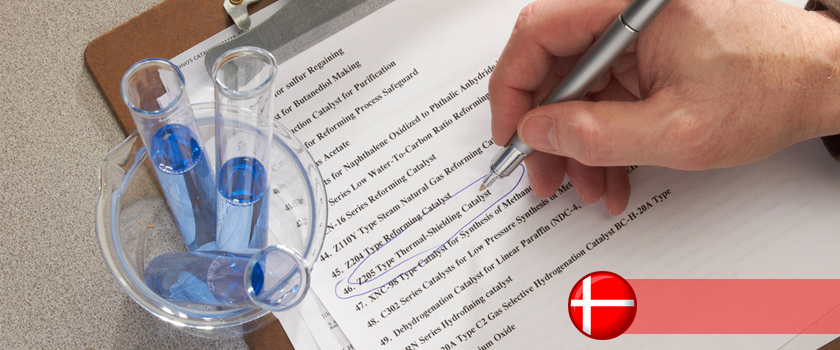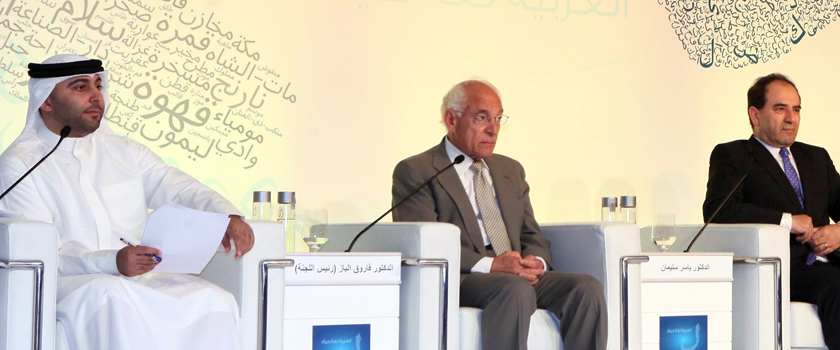How Document Translation Can Revolutionize the Medical Industry?
By: Eric Nelson Posted on Mon, 09-10-2023

2025 Offer Request a Quote Today and Grab a $50 Coupon for Free!
By: Eric Nelson Posted on Mon, 09-10-2023

Medical document translation has now become the need of the hour. Medical knowledge and health-related industries are rapidly growing worldwide. The medical information is getting higher in number every other day. It further enables medical professionals to have an opportunity to work for the well-being and betterment of the masses. English is considered the major language for the masses in the medical field. So, the professionals keep on trying to translate the content into the best possible language around the world. They take the initiative so that the relevant people can access and benefit from the findings.
A plethora of medical findings and research as well as new treatments are quite effective in disease prevention. Sharing information and discovery from one region across the globe is a kind gesture. The leaders take it as their duty to guide other fellow medical professionals. This collective effort of healthcare workers can open new doors for serving humanity at its best.

The translation of different medical documents is inevitable in the medical field. It is important for healthcare professionals to reach their patients in the best possible way. The hospital visits are never pleasant for anyone. Experiencing further difficulty in understanding the prescription or unfamiliarity with the language can further stress the patients. So, bridging the gap between patient and physical translations is important.
Medical translation is an extensive and tough subject. Not all translators can deal with medical translations. They should be trained in particular specific skills since there is no room for error in the medical industry. A little mistake can claim lives. Errors and mistakes can be devastating in the industry for both parties. The translator should be well versed with the medical terms and the complex medical knowledge to cater to the medical translation in the right way.
The main types of medical translation are as follows

Translation companies have to face many challenges while offering medical document translation services. The whole process is challenging and draining. The teams involved are advised to take care of the translation well and only an authorized person can monitor if there are any changes or omissions in the translated content.
Some of the big challenges are:
The Medical language is a different kind of language that only doctors and healthcare professionals, and experienced translators understand. One of the most faced problems during translation is the unlimited use of abbreviations in the medical field. An ordinary person cannot understand a term or abbreviation solely used for medical purposes or which defines the medical content. These have a different context in the scientific literature and medical dictionaries. Professional translators with proper knowledge of the medical field can deliver work that is accurate and up to the mark. The documents include instructions, doctor manuals, patient records, and prescriptions.
There is a long list of complex words that are often untranslatable and the translators find it hard to look for another word. Most of the technical translations comprise such words. Many times, a particular word, phrase, or concept is hard to describe in the target language. This could result in either leaving the word or offering a collective meaning and translation of the sentence or so.
Medical document translation intends to have two motives to provide informative and explanatory content. The second is about the advertisement of the company and the products and services which they offer. Accuracy is an important factor in medical document translation. Equivalence does not stand for the literal definition. It should be similar rather. Two words could have the same meanings. However, in the medical dictionary equivalence is about putting equal value and effect in the translated text. Besides, there should be no addition or omission in the translated text. An expert translator always ensures the preservation of the originality of the source text and also maintains the context.
An experienced medical translator would always translate the content without taking any liberty. Minor changes are acceptable though but with strict supervision.
Culture is and will always be a part of every kind of translation. Many people assume that culture has nothing to do with medical document translation which is not true. Medical document translation is impossible without a proper understanding of cultural and nuances differences. An accurate and correct translation could go wrong if it’s not coherent with the local culture. The lack of cultural elements could jeopardize the whole task.
According to experts the culture of the particular market for which the translation is in the process does affect the style of words and expressions from the original text. So, it is recommended for translators to always translate with the cultural relevancy of the particular market.
The target audience is entirely different for medical translations. This includes medical professionals and laymen. The audience is a little complex, which is why translators have to consider a particular approach and requirements during the translation of medical documents. One of the class’s target audiences is medical professionals, scholars, and researchers. Translating the content for them could be tough as translators have to strictly follow the scientific and medical terms jargon. Things are quite different for the other class of the audience, which are mostly patients or users of medical devices and equipment. The language is less formal and literary for them.
There is a huge involvement of local, national, and international regulations in the medical industry, which is understandable. The medical content including pharmaceutical documents and technical layouts and manuals of medical devices are extremely sensitive data. The safety of users is of utmost importance. However, the translation of all such content creates complexity and ambiguities during the process.

The advantages and disadvantages of the process go in parallel. Where the translators have to face a huge challenge while offering medical translation services. There are advantages too. These benefits decide how the medical industry can be revolutionized with proper translation services.
The flexibility in travel for medical reasons has enabled people to go and get treated in foreign countries. Doctors and healthcare professionals can bridge the gap of communication by translation, or else it is very tough to interact and sort out the problems. Medical document translation is inevitable for new immigrants and patients who travel to other countries for better medical care and treatment. The patient has to sign various consent forms and then there is relevant documentation, so it is important to understand the language. The documentation may include admission, medical device labels, prescription, and drug use.
Here are a few benefits of medical translation services:
Medical translation services can help physicians and Doctors avoid errors. The healthcare providers will have a better idea of the patient like allergies, the medication that should be avoided, previous and current health conditions, and other important details. This all information will help the relevant doctor to treat the patient with the right cure and treatment.
Professionals can provide accurate service. Healthcare facilities employing medical translation services can be sure their medical documents contain all the relevant information, using the correct terms that ordinary people will understand.
Healthcare professionals should be well aware of the information about their patient’s health. This is only possible if both people understand each other and the document language. Patients can also go through their documents and have a word with their physicians for their satisfaction.
Medical practitioners can reduce their stress and guesswork about the particular condition and diagnosis of the patients by having all the reports and documents in their native language. Patients can comprehend the usual details which can help them to stay stress-free.
The proper medical document translation helps to avoid errors and ambiguities in the diagnosis pre- and post-treatment information. It also helps to understand the patient’s allergies better and to suggest treatment accordingly.
Accuracy is the biggest advantage of medical document translation. A plethora of medical institutes use multilingual medical practitioners as translators during medical services. This is not a safe technique, though. Things could go wrong with bilingual translators, and they can misinterpret wrong, which eventually can lead to a serious problem. Hence, only professionally translated documents should be considered for accuracy and precision.
This post tells about the brief details of the medical document translation. It includes an introduction, types of medical translation, and challenges of medical document translation. The write-up also shares the benefits of medical translation and how these can be advantageous in the revolution of the medical industry. Multiple companies are offering Medical translation services, but the customers should take up the right services after proper findings and research.

Turkey, the country straddling eastern Europe and western Asia is one of the most advanced and rapidly developing countries of
Read more
Mumbai (formerly known as Bombay) is the largest city of India and a cosmopolitan metropolis. Located on India’s west coast,
Read more
Mars Translation believes in bringing the best side of your business forward and that is why we have multiple international
Read more
Mars Translation provides one of a kind professional Danish translation services all over the world. All of Mars Translation’s translators
Read more
Mars Translation believes in bringing the best side of your business forward and that is why we have multiple international
Read more
Informed consent is the process by which doctors provide necessary medical information to their patients so that they can agree
Read more
Pune, also known as Puna, is the second largest city in the west-central Indian state of Maharashtra. It is the
Read more
Do you have a birth certificate in another language that needs to be translated into Russian language? If so, we
Read more
Recognizing an employee award is entirely convenient. It is both a formal and an informal acknowledgement of an employer’s effort,
Read more

